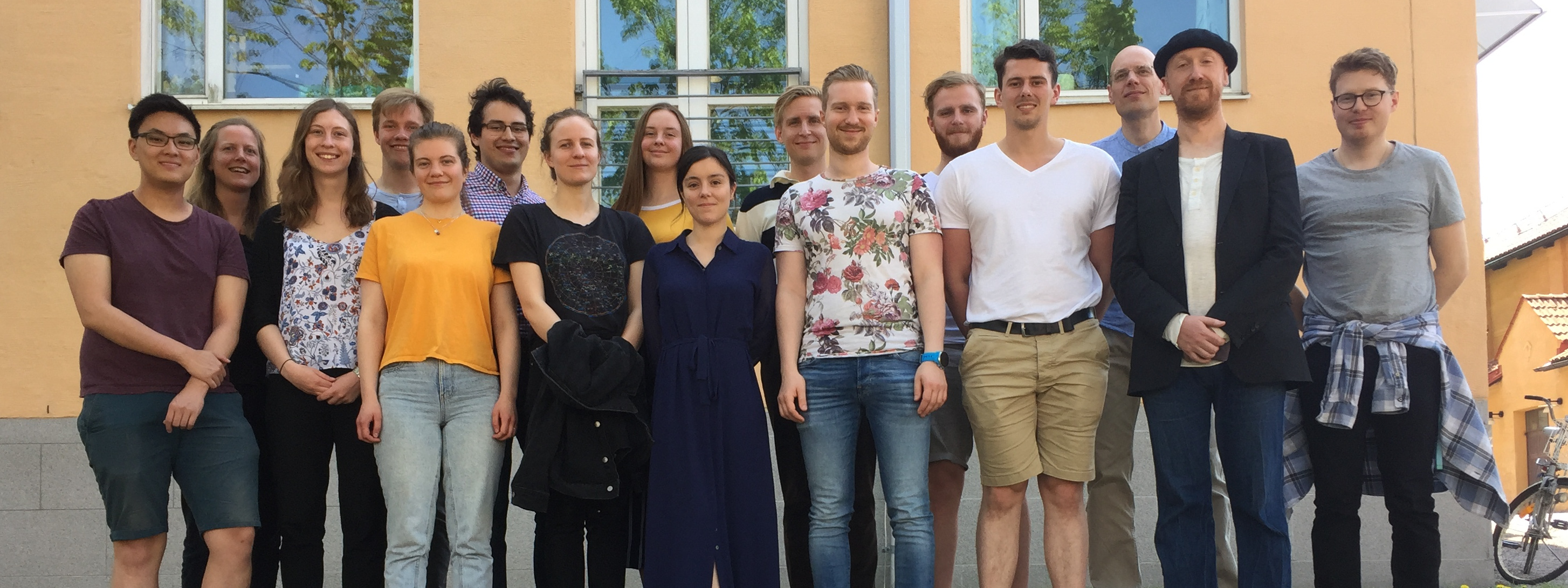Tomorrow (Wednesday, October 7th) Peter Nyberg presents his master thesis work “Evaluation of two Methods for Identifiability Testing”. A joint supervised project of our group, Division of Automatic Control at the Department of Electrical Engineering, and Mathcore. The presentation will take place at campus Valla, Glashuset (Building B, entrance 25) at 10:15.
Abstract:
This thesis concerns the identifiability issue; which, if any, parameters can be
deduced from the input and output behavior of the model? The two types of
identifiability concepts, a priori and practical, will be addressed and explained.
Two methods for identifiability testing are evaluated and the result shows that
the two methods work well if they are combined. The first method is for a priori
identifiability analysis and it can determine the a priori identifiability of a system
in polynomial time. The result from the method is probabilistic with a high
probability of correct answer. The other method takes the simulation approach to
determine whether the model is practically identifiable. Non-identifiable parameters
manifest itself as a functional relationship between the parameters and the
method uses transformations of the parameter estimates to conclude if the parameters
are linked. The two methods are verified on models with known identifiability
and then tested on some examples from system biology. Although the output from
one of the methods is cumbersome to interpret, the results show that the number
of parameters that can be determined in practice (practical identifiability) are
far fewer then the ones that can be determined in theory (a priori identifiability).
The reason for this is the lack of quality, noise and lack of excitation, of the
measurements.


